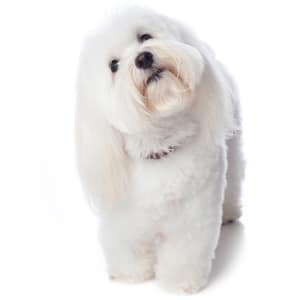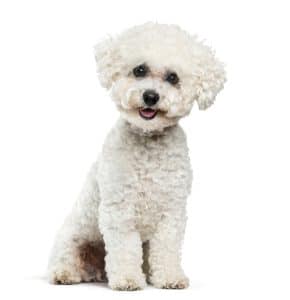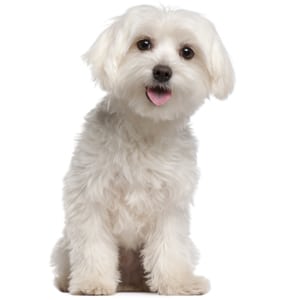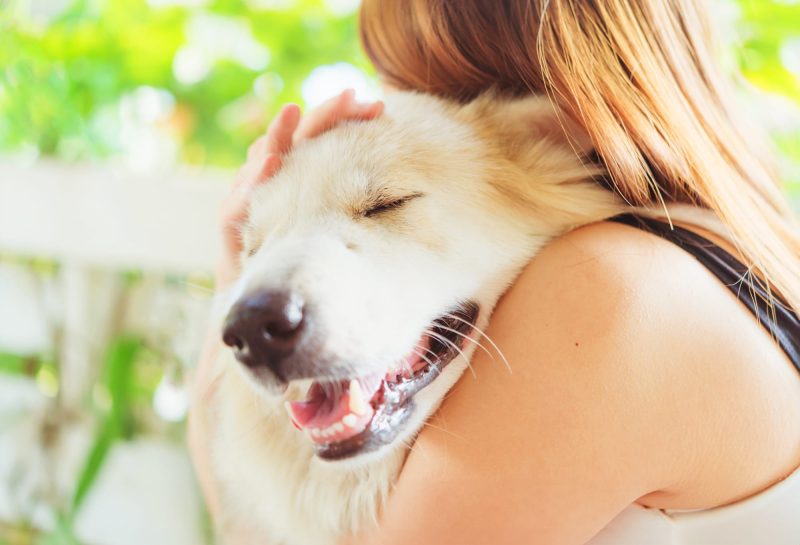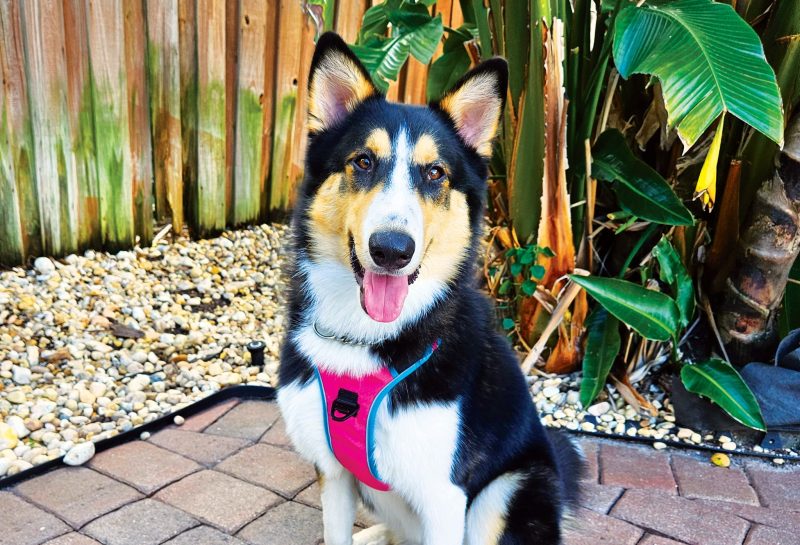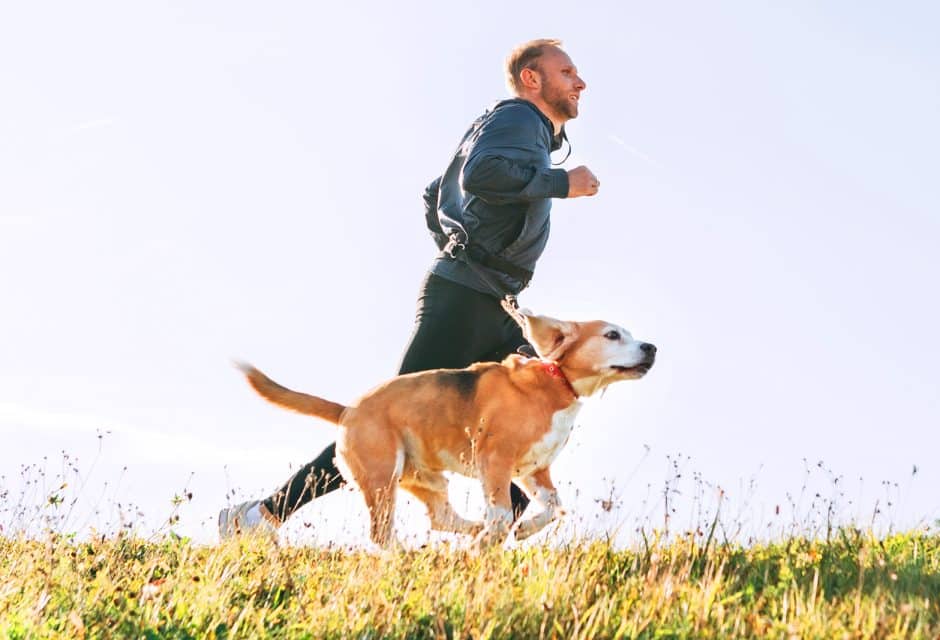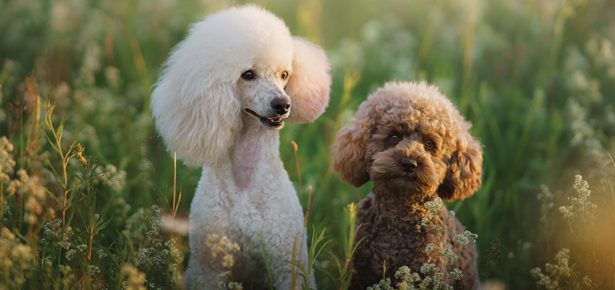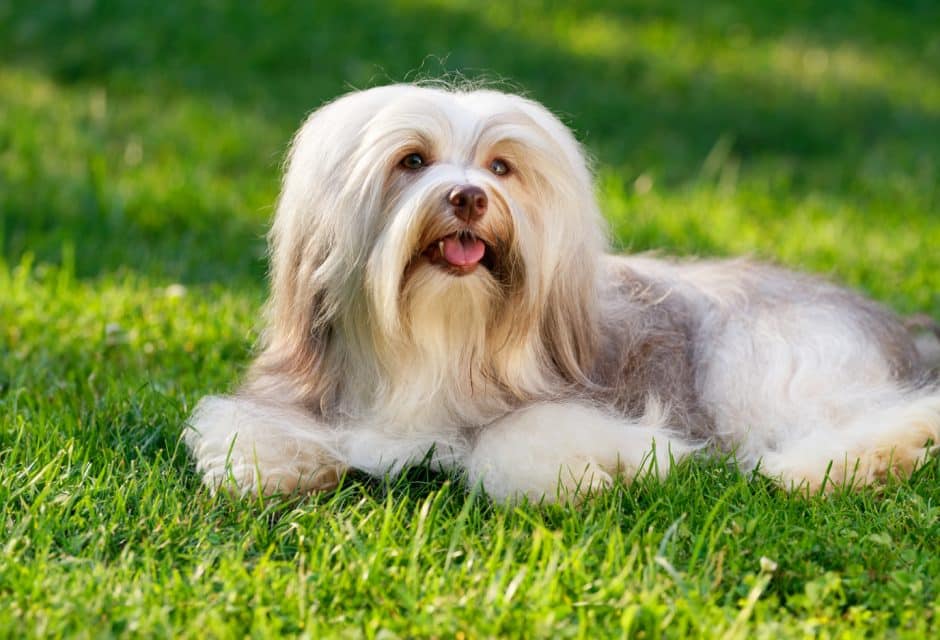
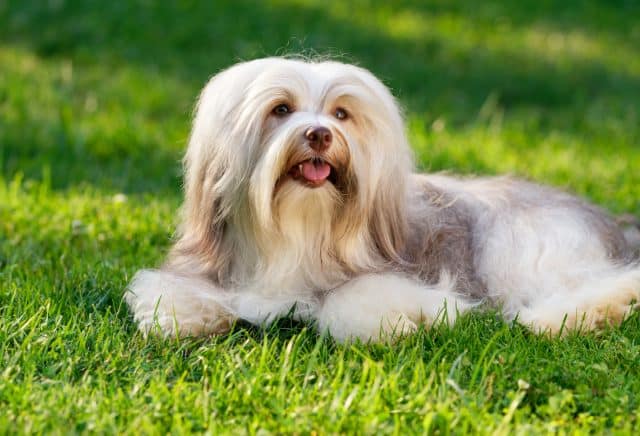
The Havanese
Cuba’s Sunny Canine Export

In his earliest days, this breed was almost exclusively owned by Cuba’s wealthy upper class citizens. “Havs” were the darlings of the upper crust.
The national dog of Cuba may not be one that you’re familiar with. He was, after all, only recognized by the American Kennel Club (AKC) in 1996. However, this plucky little dog is by no means new to the canine kingdom. The Havanese has quite a rich history, and it goes something like this…
While historical records don’t state with a certainty how the breed developed, experts agree that the Havanese descended from Bichon types of small companion dogs—the same ones that led to the development of breeds such as the Maltese, the Bichon Frise, and the Coton de Tulear.
During the 16th and 17th centuries, Bichon type dogs were brought to Cuba by sea merchants from Europe. Why they remained in Cuba is largely conjecture, but the prevailing theory is that they were given to prominent Cuban families as gifts.
Some theorize that there were actually two similar but distinct breeds. One was a tiny white dog, the Blanquito de la Havana, that was in fitting with the fashion of European fanciers of the time. The second dog was slightly larger and had a coat that came in a variety of colours. Over time, the two were interbred, resulting in the breed that, throughout his history, has been referred to as the Havana Silk Dog, the Petit Chien Havane, the Blanquito Cuban, the Spanish Silk Poodle, the Bichon Havanese, and the Bichon Habanero. Today, he’s simply the Havanese and he is Cuba’s only native breed.
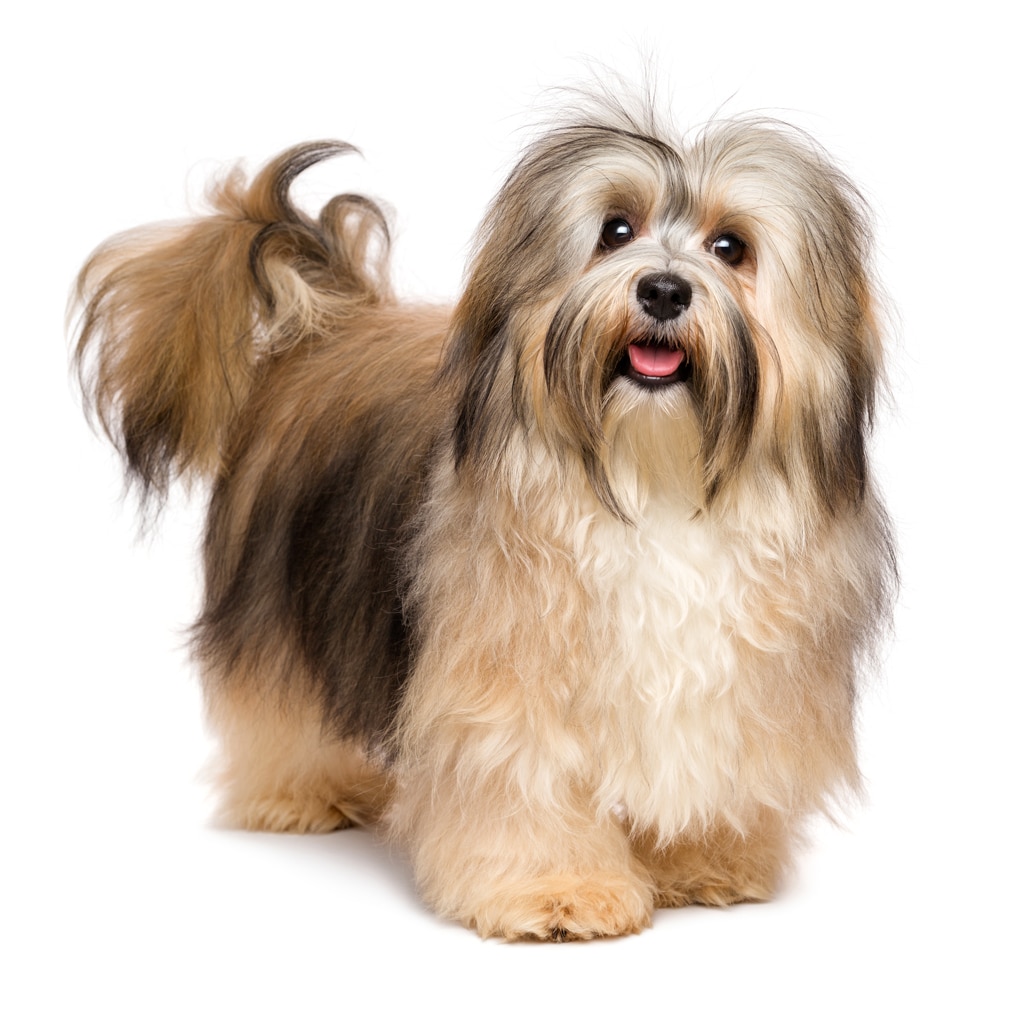
mdorottya/Bigstock
In his earliest days, this breed was almost exclusively owned by Cuba’s wealthy upper class citizens. “Havs” were the darlings of the upper crust, and by the mid-eighteenth century, the breed was popular on an international scale and owned by high-profile aristocrats, including Queen Victoria and Charles Dickens.
In the first half of the Twentieth Century, however, popularity of the breed dwindled—perhaps as other breeds started to gain the attention of Cuban fanciers. The breed’s numbers were low, and then came the Cuban Revolution of 1959. The wealthy Cubans who owned Havanese fled the country, and most were not able to bring their dogs. The breed was literally on the verge of extinction for many years. In the last few decades, dedicated fanciers have taken great care to revive what had become an extremely rare breed. Their efforts have paid off, and today the Havanese is a popular breed in both Cuba and abroad; the AKC ranked the Havanese as the 25th most commonly-registered breed in 2022.
Most Popular Dogs in the US
According to the most recent AKC registration statistics (2022)
[1] French Bulldog
[2] Labrador Retriever
[3] Golden Retriever
[4] German Shepherd
[5] Poodle
[6] Bulldog
[7] Rottweiler
[8] Beagle
[9] Dachshund
[10] German Shorthaired Pointer
[25] Havanese
Today, the Havanese is a fun, sturdy, and playful companion with a soft, silky coat, a tail carried over his back, and dark, almond-shaped eyes characterized by a soft expression. He is, simply, oozing charm—and that charm is taken to a whole new level of cuteness with his trademark strut. The breed has a shorter upper arm that, in combination with his rear drive, creates a bouncy gait. Whatever the cause, the result is a unique bounce that is sure to put a smile on anyone’s face.
The AKC accepts the breed in a height ranging from 8.5 to 11.5 inches, and all colours or markings are permissible. The Havanese is small, but he is not delicate—the word “sturdy” comes up time and time again. His physique is balanced, and not extreme in any way. These hearty little dogs are generally quite healthy.
Preservation of temperament is strongly emphasized in the standard, which notes that the Havanese should possess “immense charm” and be “friendly, intelligent, and playful.”
Also a priority is the desire to keep this breed’s appearance as natural looking as possible. The Hav may be shown with a brushed or corded coat, but the look should be natural and not coiffed or styled.
Speaking of his coat, the Hav’s is naturally silky to the touch and wavy, and can grow quite long. Some like to cord the coat—a look akin to that of dreadlocks in people. Achieving that look takes time and skill, however, so most typically the Havanese is seen with a coat that is brushed. The Hav may be trimmed, but he shouldn’t be shaved. Some mistakenly think shaving the breed will make him more comfortable in the summer months, but the opposite is true. That silky coat actually serves to insulate him and protect him from the sun. To prevent mats from forming, regular brushing is required.
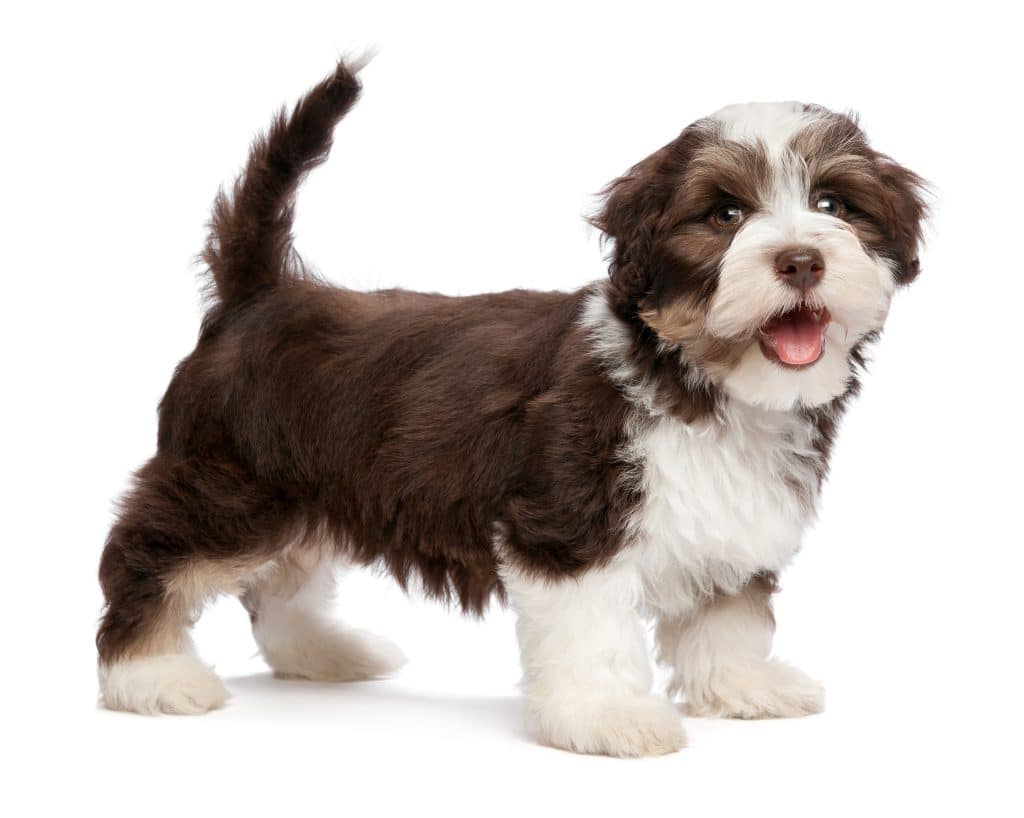
mdorottya/Bigstock
Profile: The Havanese
Size: Small
The AKC accepts the breed in height ranging from 8.5 to 11.5 inches.
Activity Level: 3/5
This breed is a world class cuddler, but he’s no couch potato. Daily exercise and play time are musts.
Grooming: 4/5
Routine brushing to avoid matting is required. To cord the coat, additional time and effort will be needed. Be sure to keep those ears clean and dry!
Heritage:
A companion dog, brought by European sea merchants to Cuba, where the breed was further developed.
For more information on Havanese rescue in the U.S. , visit havaneserescue.com. In Canada, visit havaneserescue.ca.
One of the most endearing aspects of the breed is his cheery disposition. A true family companion, many describe the Havanese as a Velcro dog. He thrives when he’s in the company of his family and will not be happy if left alone for extended periods of time.
Looking to get out and have some fun with your dog? This breed is up for anything. The Hav is intelligent, easygoing, and eager to please. These traits make him a great everyday companion, but also an ideal candidate for obedience training or other sporting activities. You’ll see Havanese excel in just about anything they can enter—Obedience, Agility, Tracking… you name it, this sturdy little dog can do it. Embrace positive reinforcement training and start from day one with your pet. As with many small breeds, potty training can take some time and patience.
Exercise requirements are modest for this little dog, but he does need at least one good walk and some quality play time on a daily basis. Hav’s will respond well to on-leash training, and you’re likely to find that, wherever you go and whatever you do, your Havanese will bounce happily alongside you.
Cute, cuddly, and known to be a little clownish, the Havanese has a personality almost as sunny as his native country. Spend a little time with this enchanting breed and you just may find what so many dog lovers have discovered: you’ve gotta have a Hav!
If you like the Havanese, you might consider the:
Coton de Tulear Bichon Frise Maltese
Photos from left to right: Kattitude/Bigstock, Life on White/Bigstock
» Read Your Breed For more breed profiles, go to moderndogmagazine.com/breeds
Join the newsletter and never miss out on dog content again!
"*" indicates required fields
By clicking the arrow, you agree to our web Terms of Use and Privacy & Cookie Policy. Easy unsubscribe links are provided in every email.
